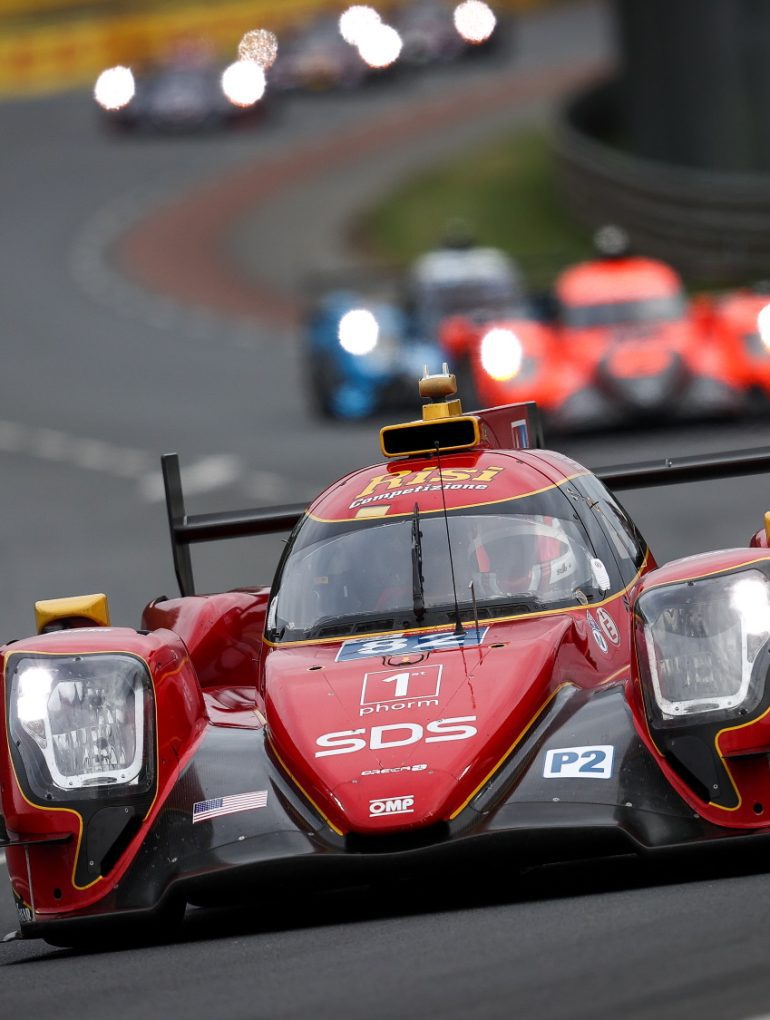What makes a race track great or special? There is no straightforward answer. However, certain attributes set some racing circuits apart from the others.
For some tracks, it is the consistency with which they are able to deliver the ultimate thrill and excitement, regardless of the motorsport activity. For others, their claim to greatness draws from their roles in shaping the history of motorsports over the years.
It is unsurprising, then, that the task of selecting the 7 best motorsport racing tracks in the world is no small feat. The ones showcased here are in no particular order—and they are by no means an exhaustive compilation—but each one has fully earned the right to be included.
The Autodromo Nazionale di Monza
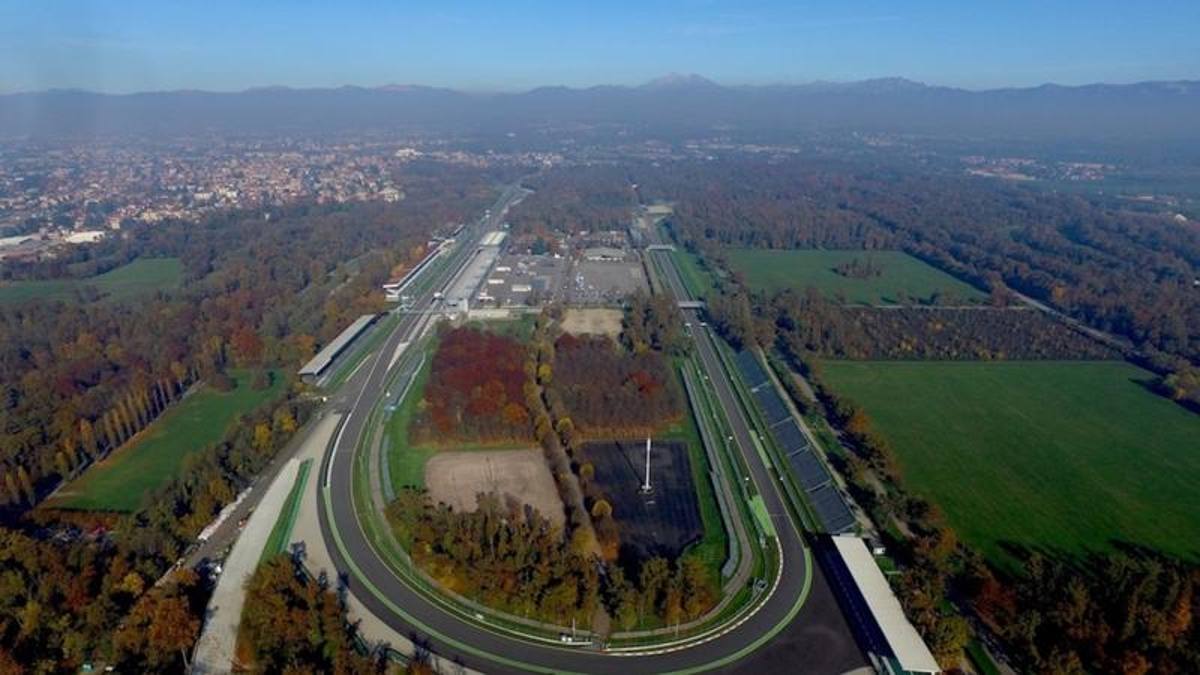
Each year, the Autodromo Nazionale di Monza plays host to one of the most memorable races on the F1 calendar. The long straights mean that Formula One cars are at full throttle for an incredible 80% of the total lap time.
What’s more, they reach peak speeds of around 200 mph (320kph) at least four different times during a single lap. It underscores why the track is commonly referred to as ‘The Temple of Speed.’
The Monza Circuit is the world’s third purpose-built racetrack, and it took just 110 days to construct way back in 1922. It hosted the Italian Grand Prix in September of the same year, a week after it was officially declared open.
In 2020, Seven-time F1 Champion Lewis Hamilton set a record for the fastest lap in Formula One history when he clocked a time of 1:18.887 at an average speed of 264.362kph (164mph) during qualifying. Apart from Formula One, the Monza circuit is also used for other forms of racing such as the International GT Open, FIA World Endurance Championship and the W Series Championship.
The Circuit de Spa-Francorchamps
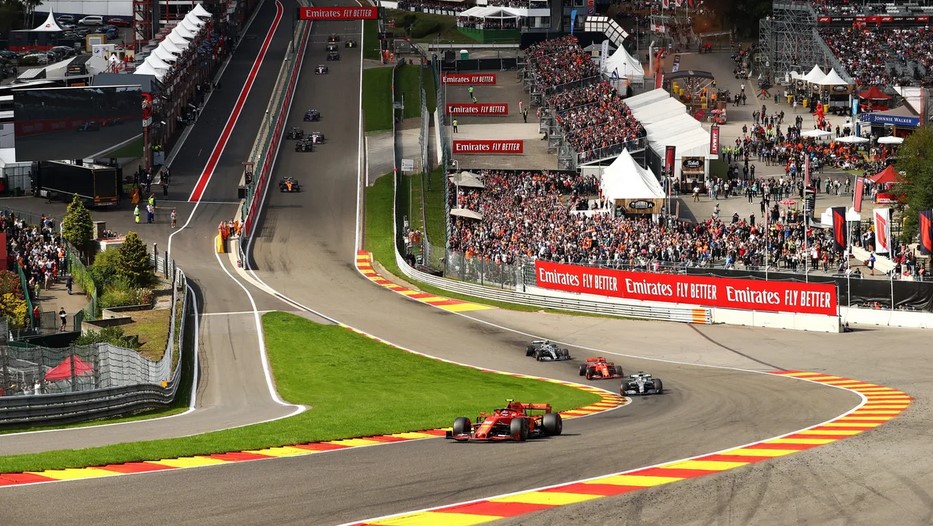
A statement on the official website proclaims the Circuit de Spa Francorchamps (or simply ‘Spa’) as ‘the most beautiful Circuit in the world.’ While that might be a stretch, there’s no denying that the Spa is one of the most remarkable racing circuits out there.
Today, the permanent circuit stretches for just over 7km, enough to make for some epic motorsport races—including the longest race on the current Formula One calendar and the Uniroyal fun cup 25 Hours of Spa, one of the longest continuous motor races in the world. The track was built in 1921 and was only used for motorcycle racing until 1924, when its usage expanded to include race cars.
It’s been modified several times over the years, but the most notable one occurred in 1979 when safety concerns prompted, among other changes, a shortening of its overall length from 8.761 miles (14.100 km) to 4.330 miles (6.968 km).
The most famous section of the technical circuit is the ‘Eau Rouge’ and ‘Raidillon’ combination. Drivers race down a straight-to-the-point section where the track crosses the Eau Rouge stream before being launched steeply uphill at speed into a sweeping left-right-left series of corners with a blind summit.
The Nurburgring Nordschleife
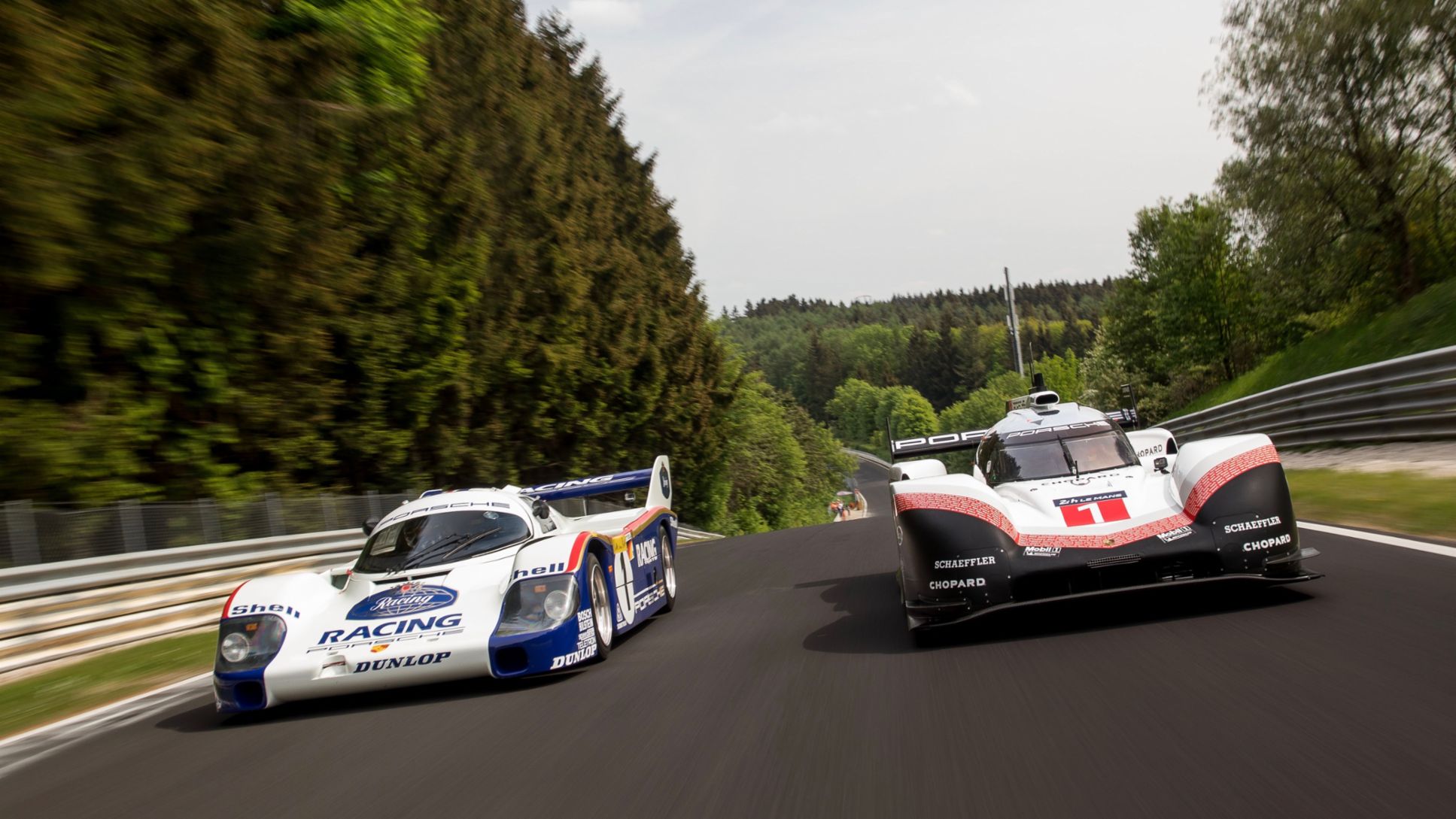
This legendary circuit is arguably one of the most recognizable race tracks in the motorsport community. Aptly dubbed the ‘Green Hell,’ the current layout stretches for 13 miles and includes around 150 corners of every imaginable turn and bend that will test even the most skilled drivers.
The racing circuit, which includes sections of public roads, is used for events like the famous 24 Hours of Nürburgring endurance race and Deutsche Tourenwagen Masters (DTM, German Touring Car Masters). Automakers will regularly take their cars out to the ‘Ring for testing.
Even more intriguing is the fact that the ‘Green Hell’ has been accepted as some sort of a proving ground for these car manufacturers, a battle arena where bragging rights are earned from recorded lap times. However, the best part of the Nurburgring Nordschleife is that it is open to the public almost all through the year. Gearheads regularly flock to the track to get their adrenaline fix by driving around the course.
The Daytona International Speedway
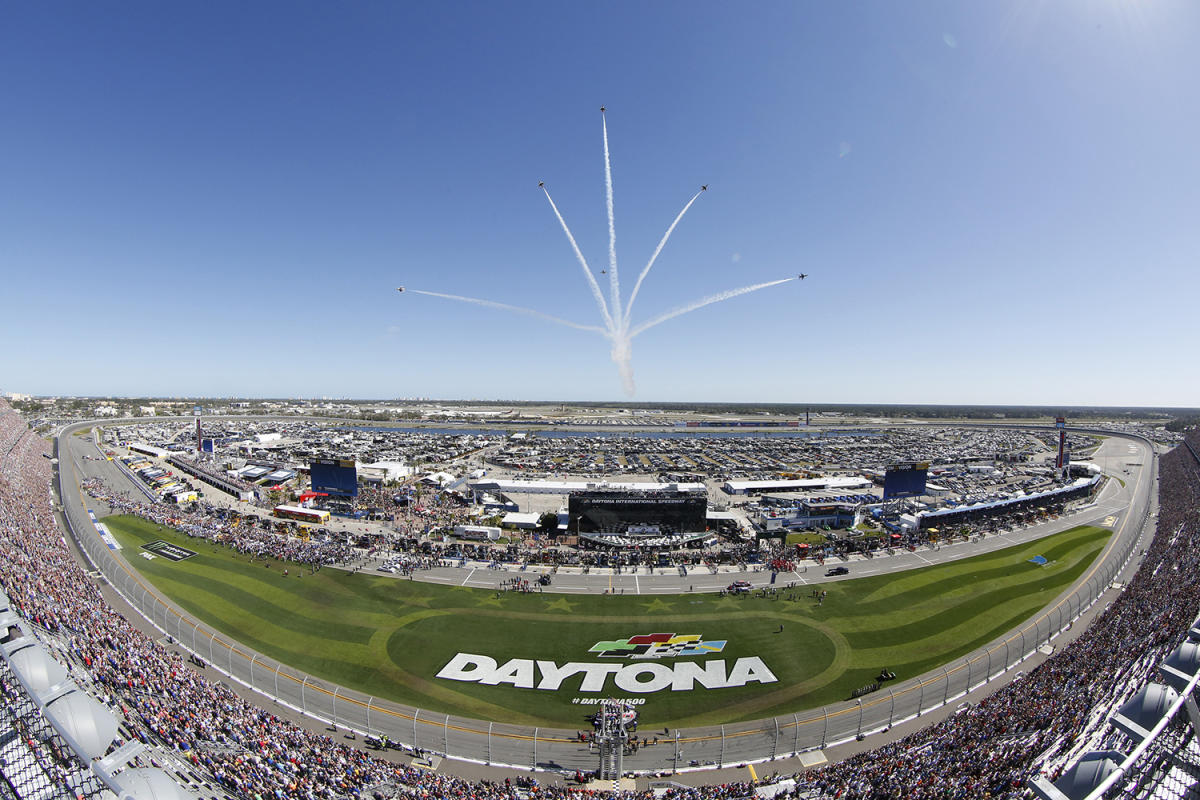
The Daytona International Speedway is currently home to the Daytona 500, NASCAR’s most famous event. The track has multiple layouts, but the most popular is the iconic 2.5-mile high-speed tri-oval with 31-degree banking at the wide sweeping turns.
It’s not just the Daytona 500 that makes the speedway popular. The motorsports complex, one of the largest outdoor stadiums in the United States, includes several track layouts, recreational facilities and 11 social areas known as ‘neighborhoods’, each as big as a football field.
Little wonder then that the Daytona International Speedway is often referred to as the ‘world center of racing.’ It was built in 1959 by NASCAR founder William France Sr to host races previously held at the Daytona Beach Road Course.
The Circuit de la Sarthe
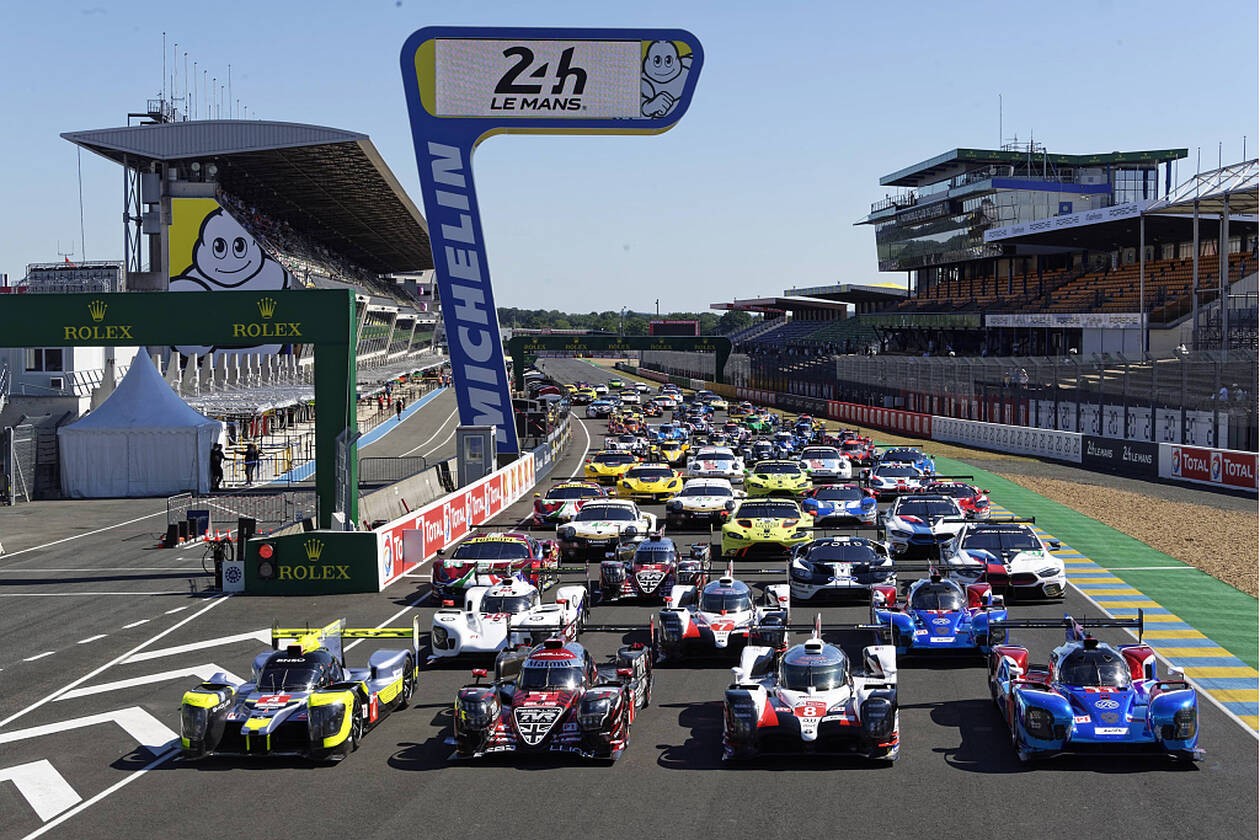
The Circuit de la Sarthe is the hallowed ground of motor racing, home to the legendary 24 Hours of Le Mans. It is one of the oldest active racing facilities, having hosted the 24 Hours of le Mans in 1923 when it first opened.
The race track is a mix of public road sections and private routes specifically designed for competitive racing. In its present configuration, the Circuit de la Sarthe is about 8.5 miles long, making it one of the longest racing circuits in the world.
It is characterized by long straights like the Ligne Droite des Hunaudières or the Mulsanne Straight, which up until 1990, was a 3.7-mile stretch of flat-out speed. Safety concerns have led to the introduction of chicanes to limit the maximum achievable speed at the track. Still, there is no shortage of thrills for those seeking the ultimate adrenaline high.
The Suzuka International Racing Course
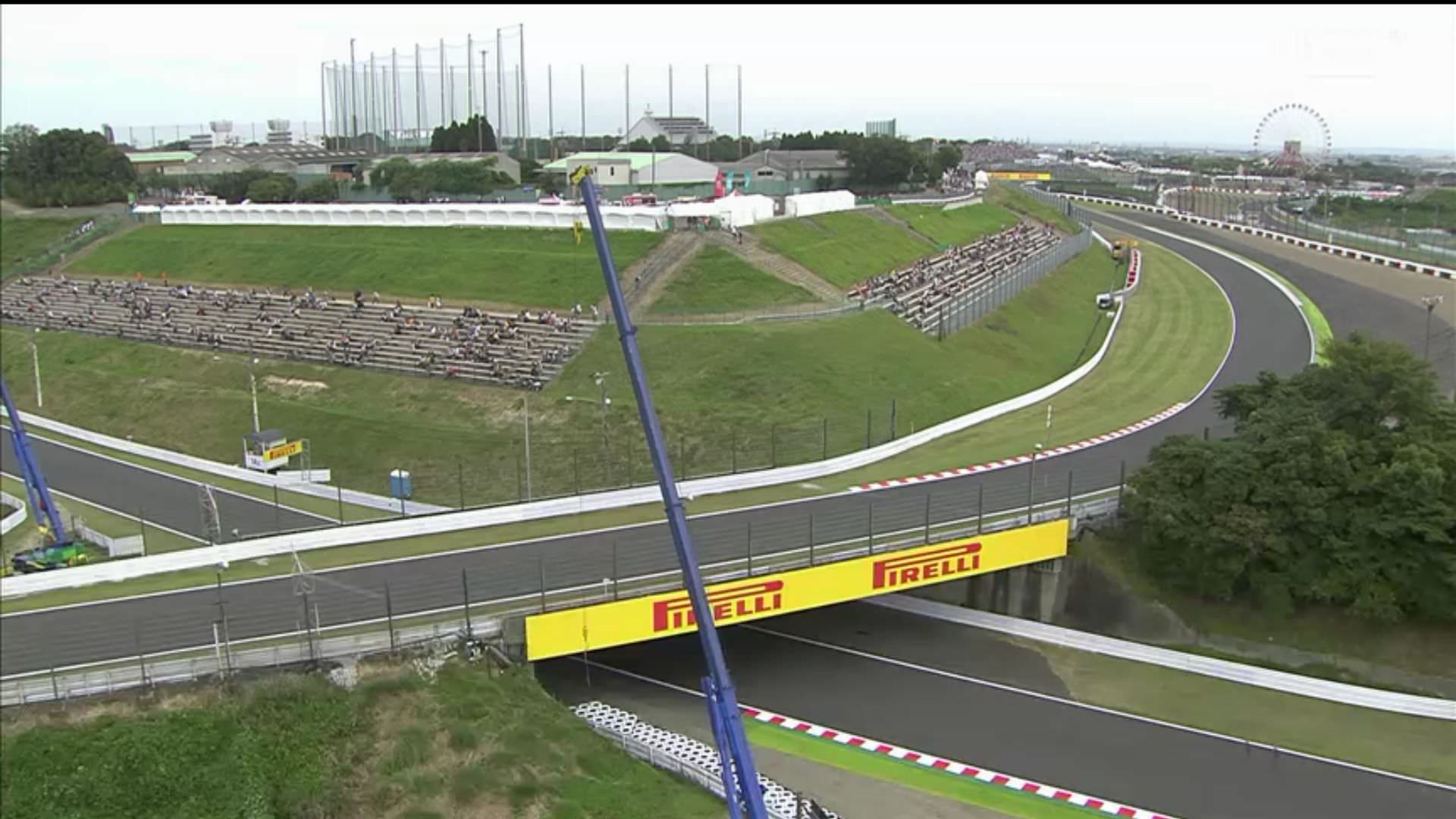
The Suzuka Circuit is Japan’s first full-scale international racing course used for prominent events like Formula One races and the Japanese motorcycle Grand Prix. It is currently operated by Mobilityland Corporation, a Honda subsidiary.
The racing course, which started as a Honda test track in 1962, boasts a unique ‘figure eight’ layout where its 0.7-mile back straight crosses over the front section via an overpass. It is one of only two FIA Grade 1 licensed tracks to have this layout, the other one being the Fiorano Circuit in Italy.
The Suzuka circuit boasts three different configurations. Each presents an exciting range of challenges that include the aforementioned crossover layout, the multi-apex Spoon Curve, and the high-speed 130R corner (a wide, sweeping corner with a 130-metre radius).
The Silverstone Circuit
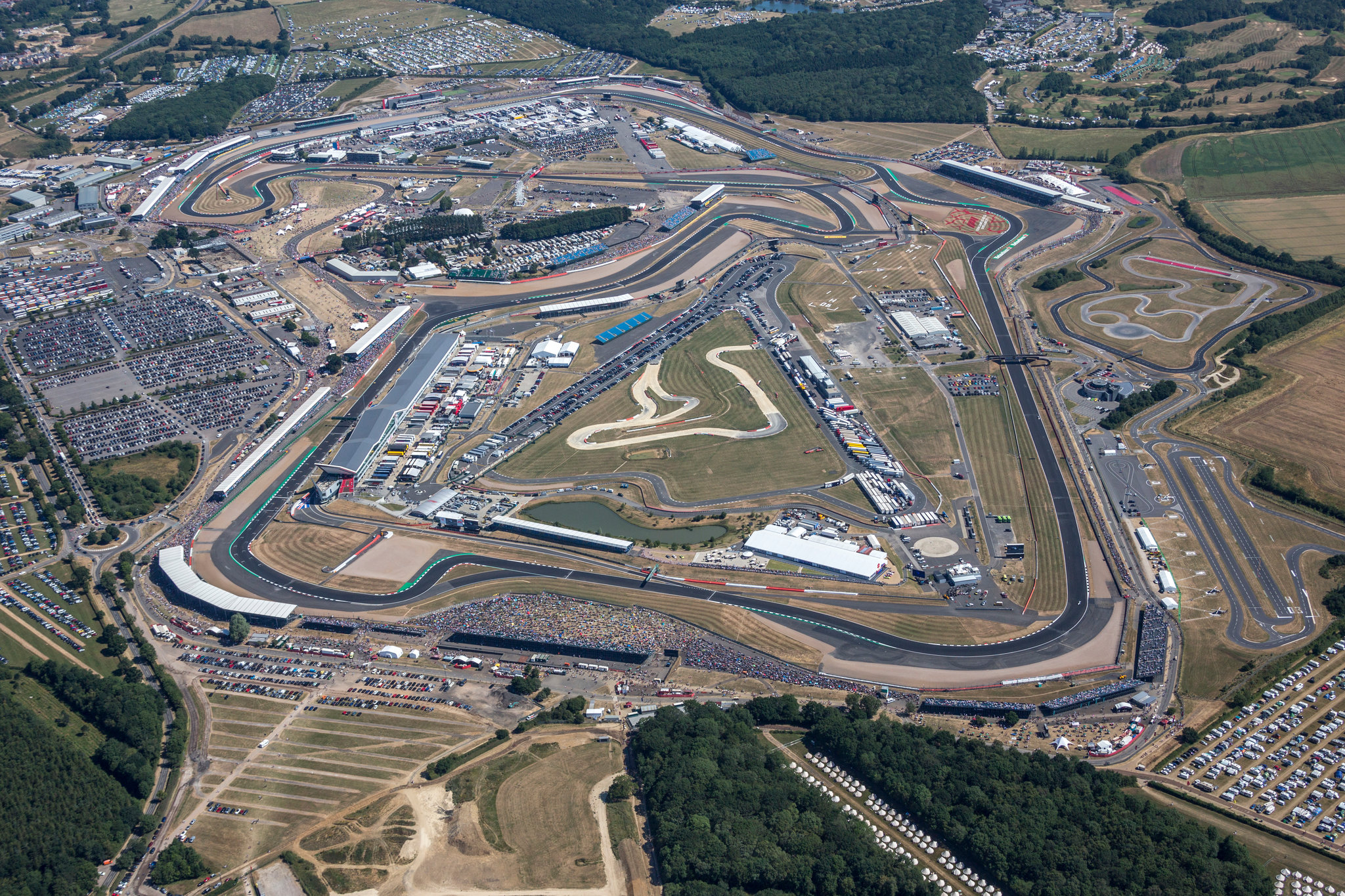
There is no racing course in the United Kingdom as popular as the Silverstone circuit, the ‘Home of British Motorsport.’ In 1950, the first-ever World Championship Grand Prix was held at Silverstone, and it’s the current venue for the Formula One British Grand Prix.
The racing circuit was developed on the grounds of an old Royal Airforce base, and the airfield’s three runways, in classic World War II format, still lie within the outline of the present track. The track is mostly known for its breakneck average speeds and flat-out corners where even the slightest miscalculation can have dire consequences—as the current F1 Champion Max Verstappen found out after his tangle with Lewis Hamilton at the 180 mph Copse corner.
The F1 Grand Prix is undoubtedly the most prominent event at Silverstone, but the race track is also used for other races such as the British motorcycle Grand Prix and the British GT Championship.


